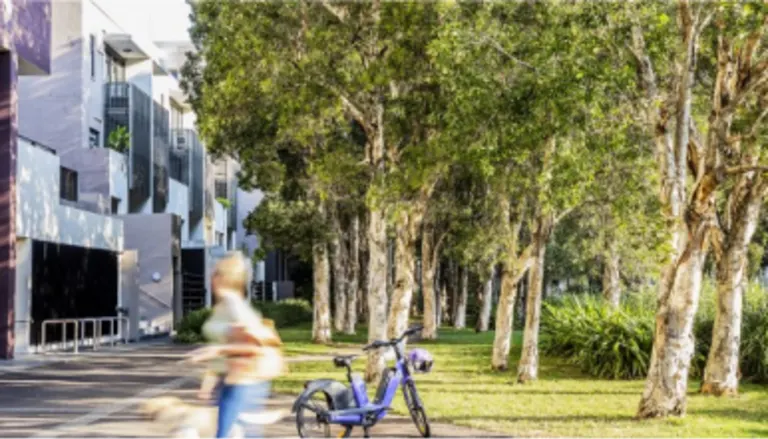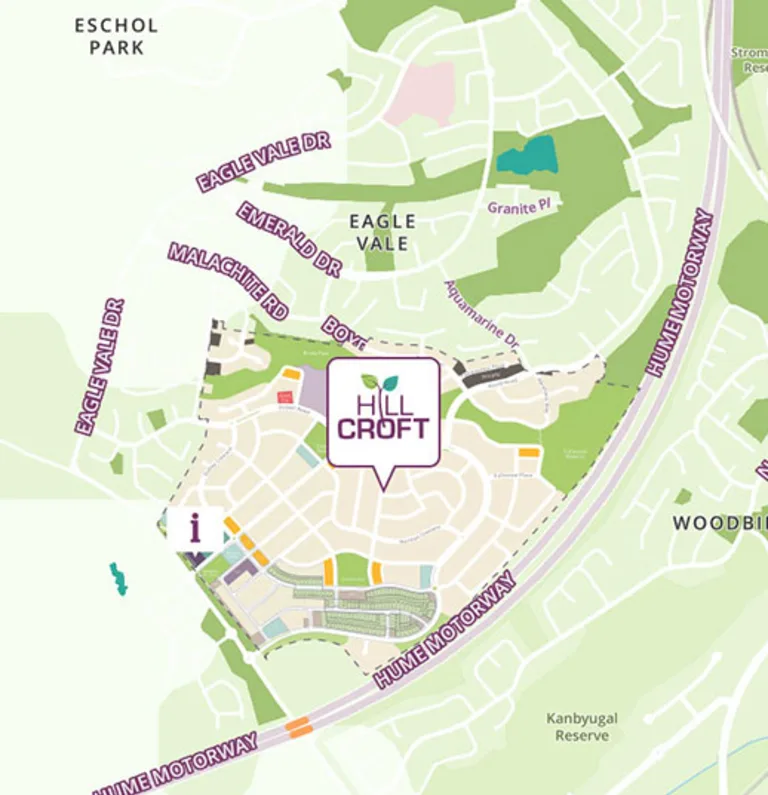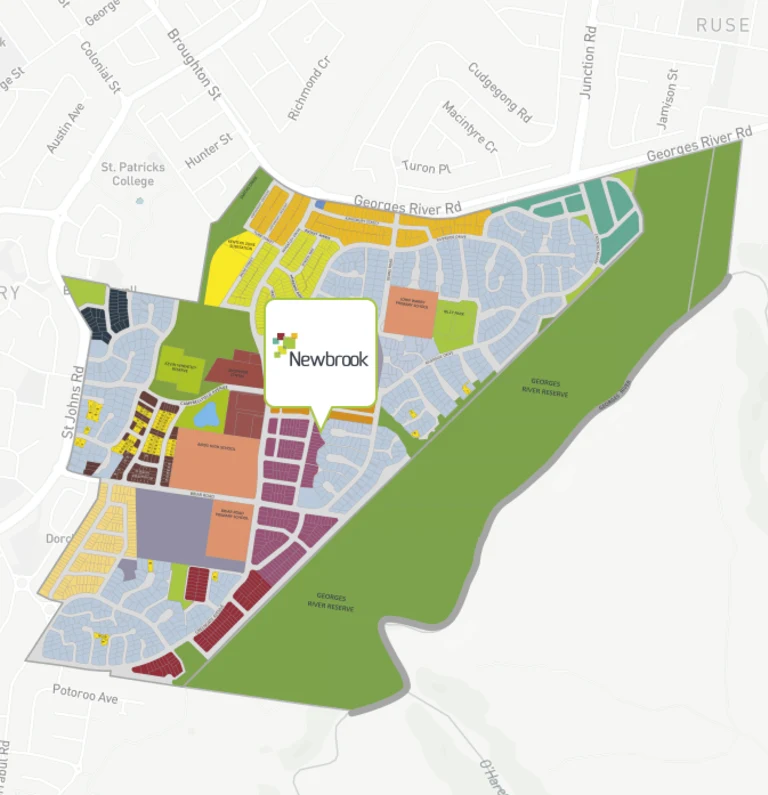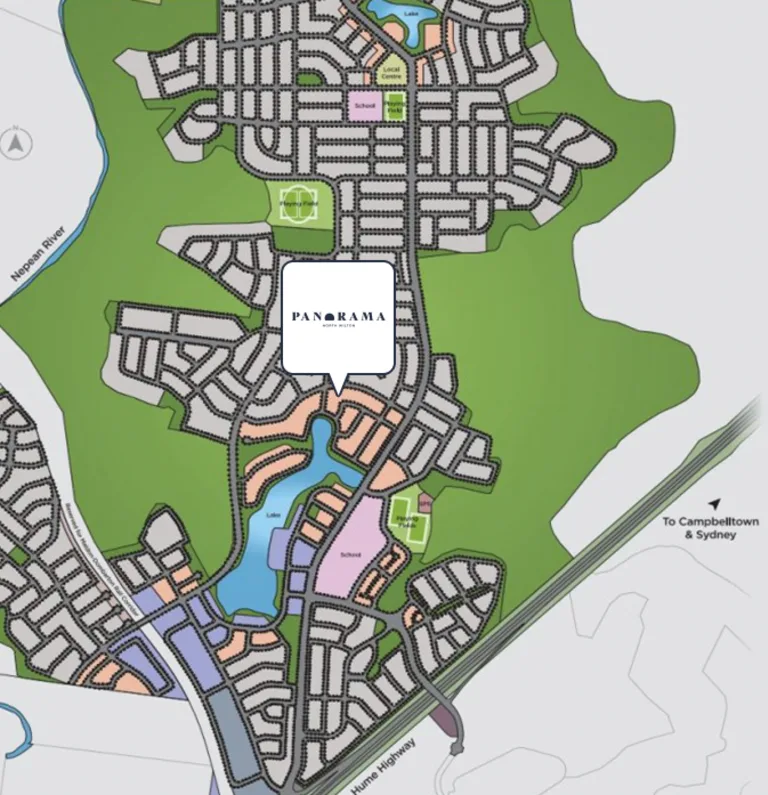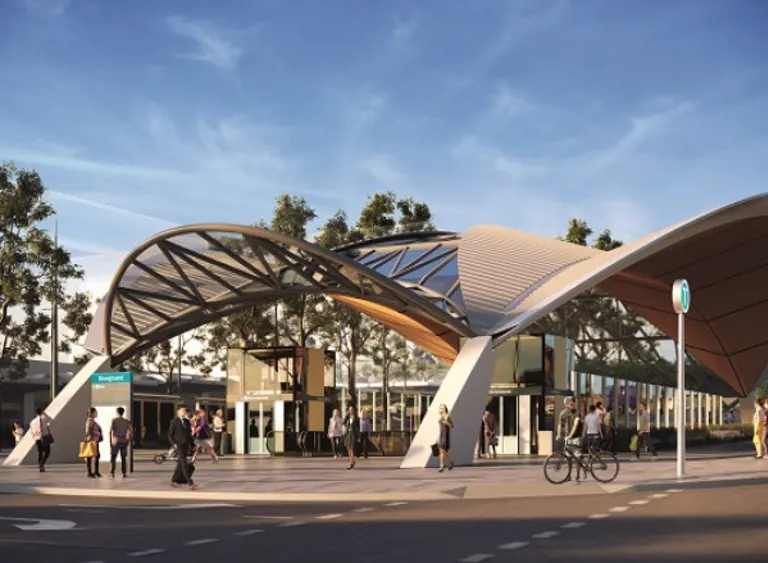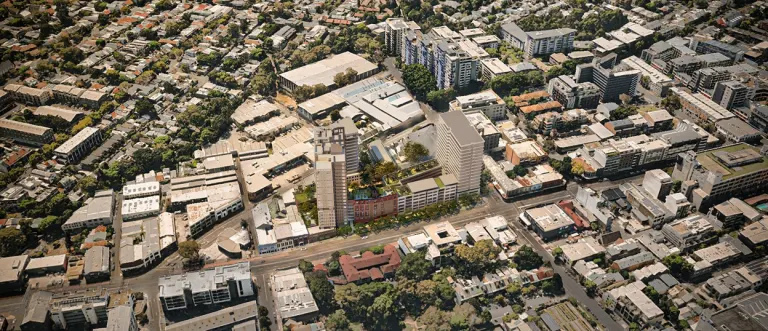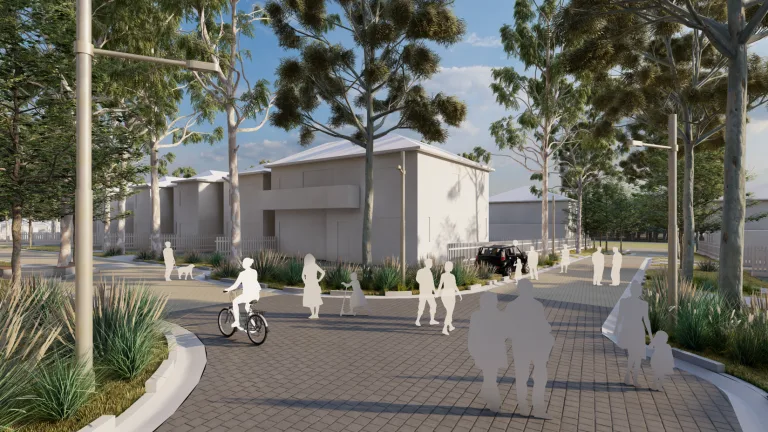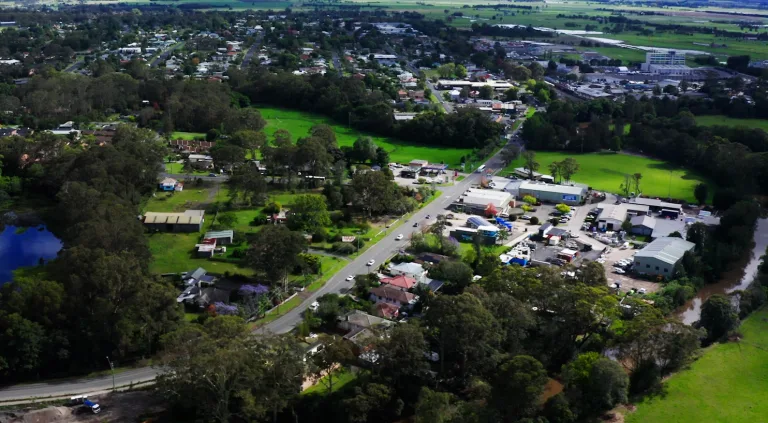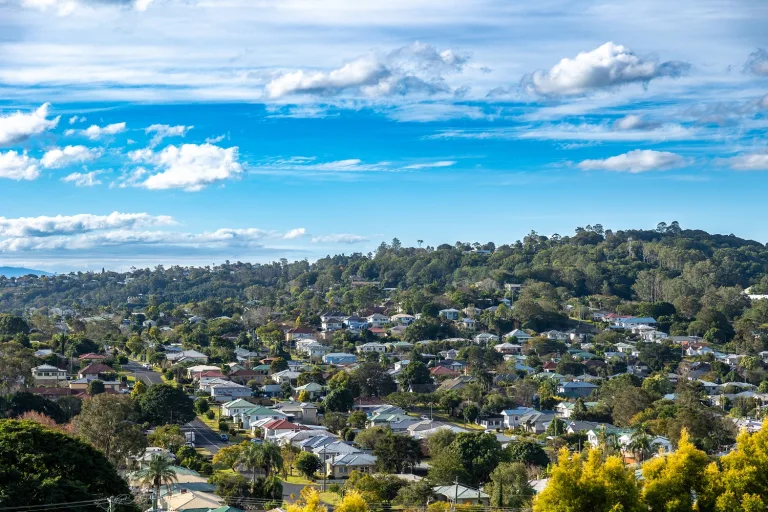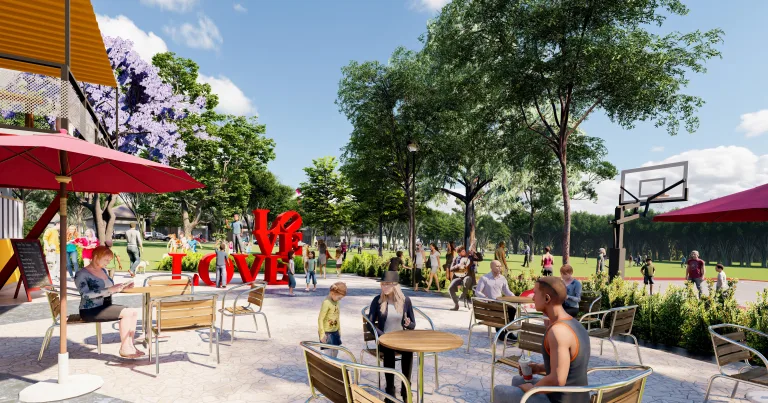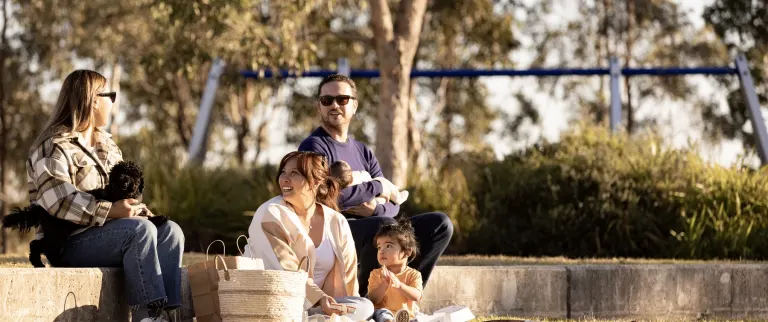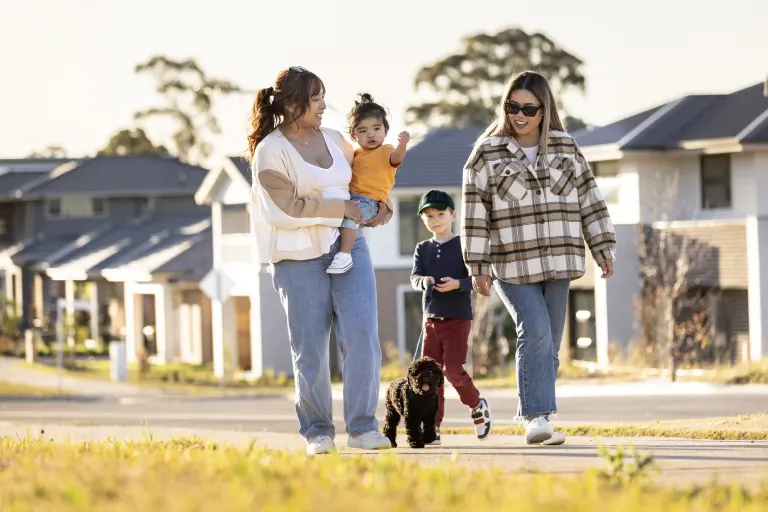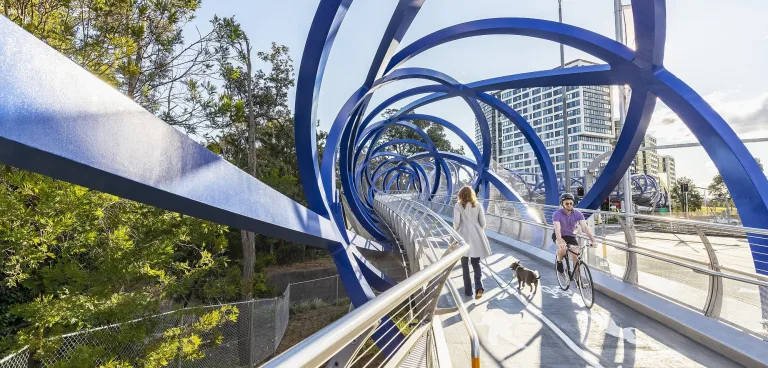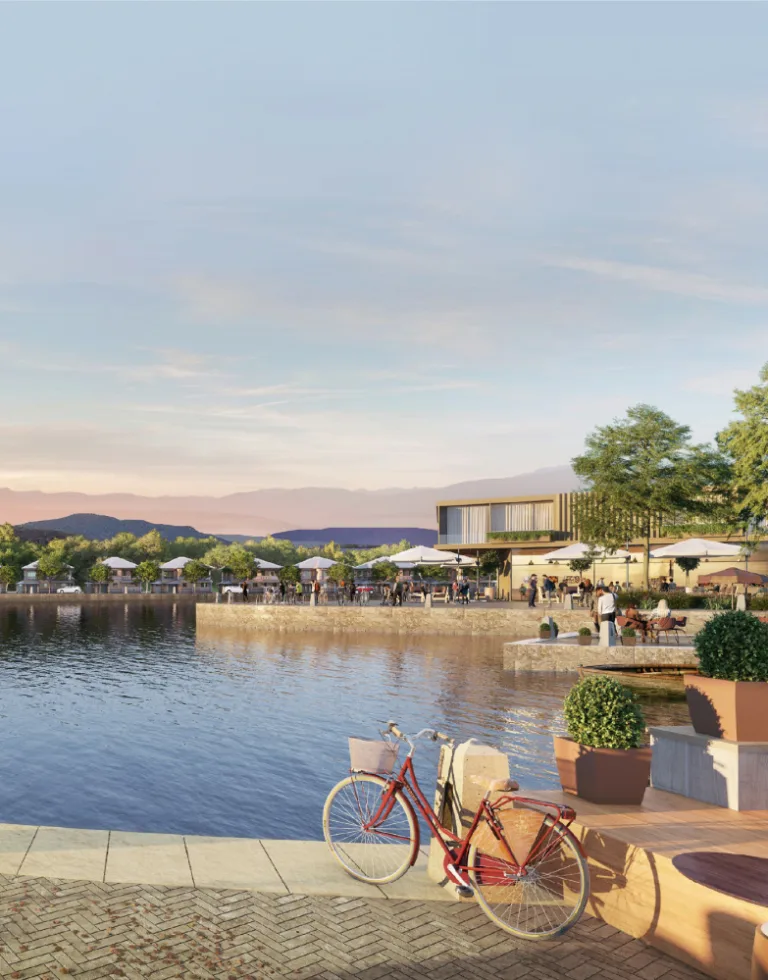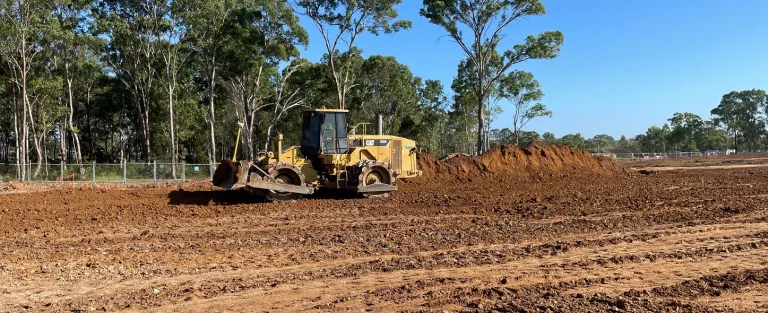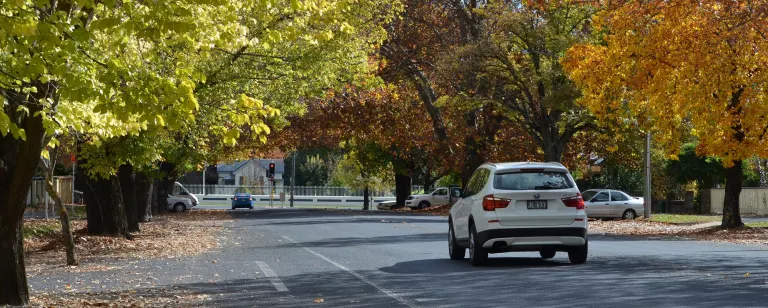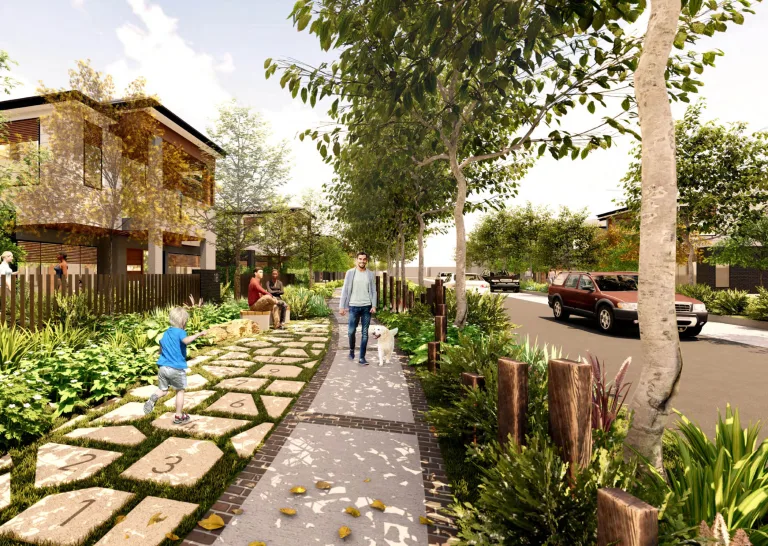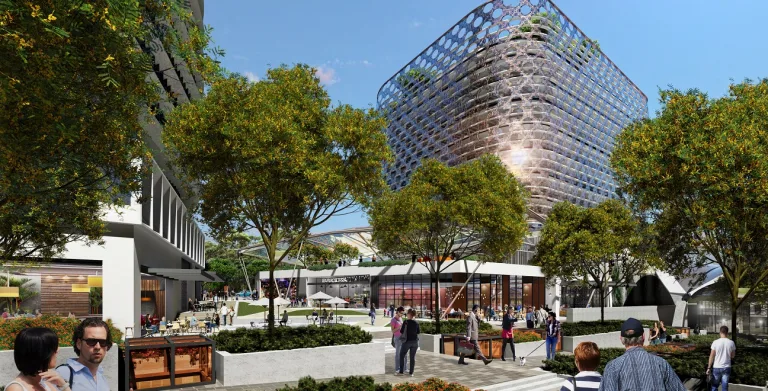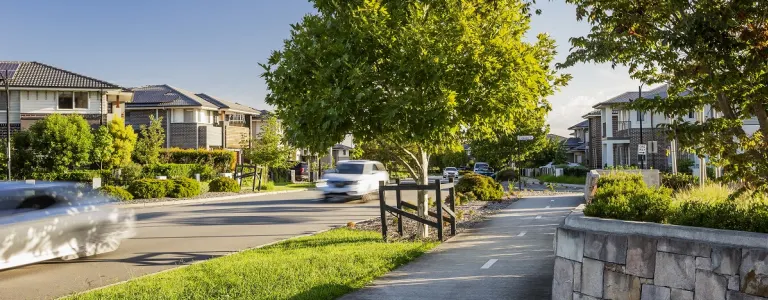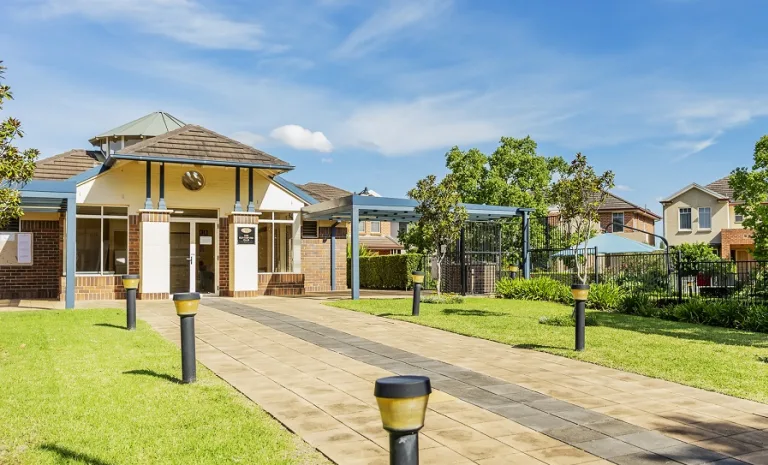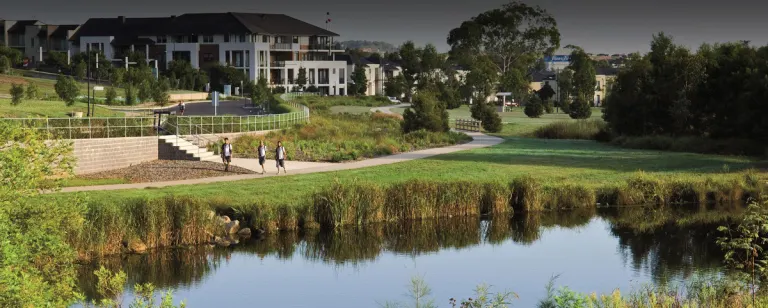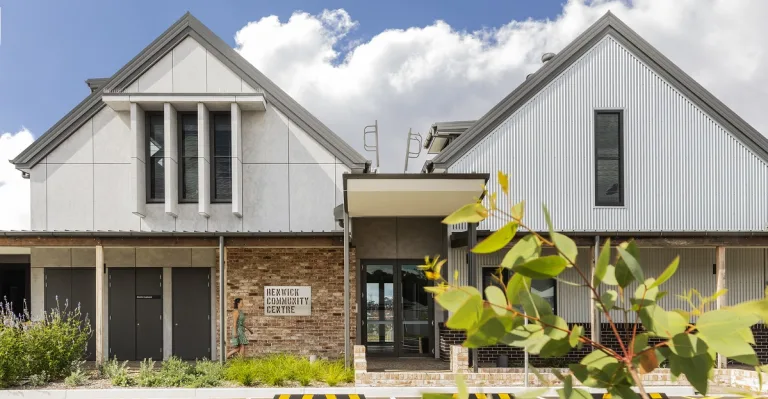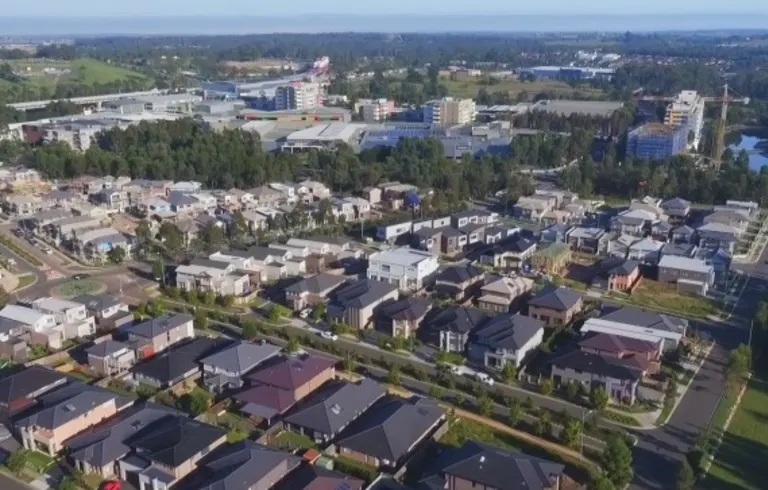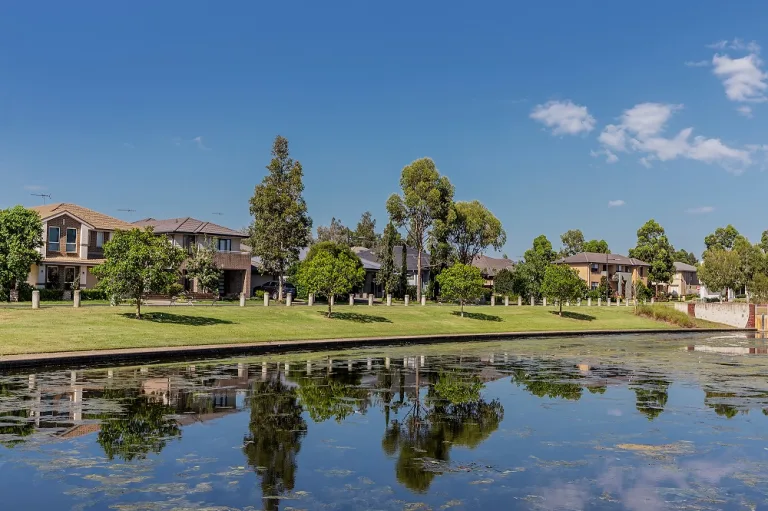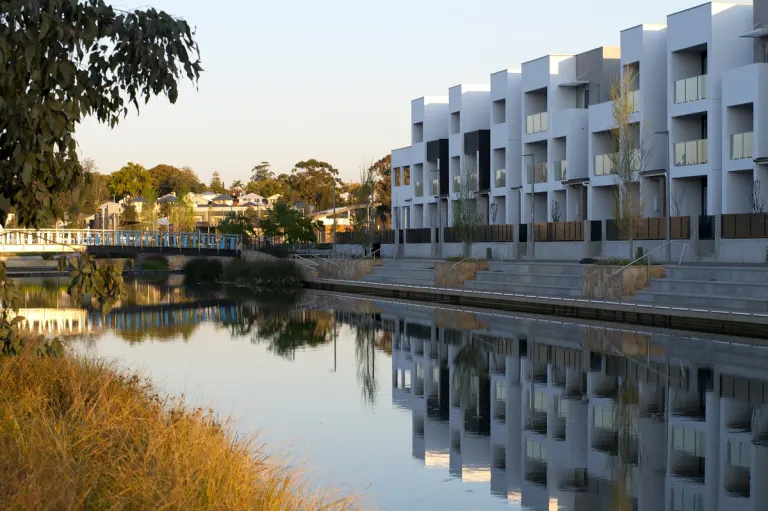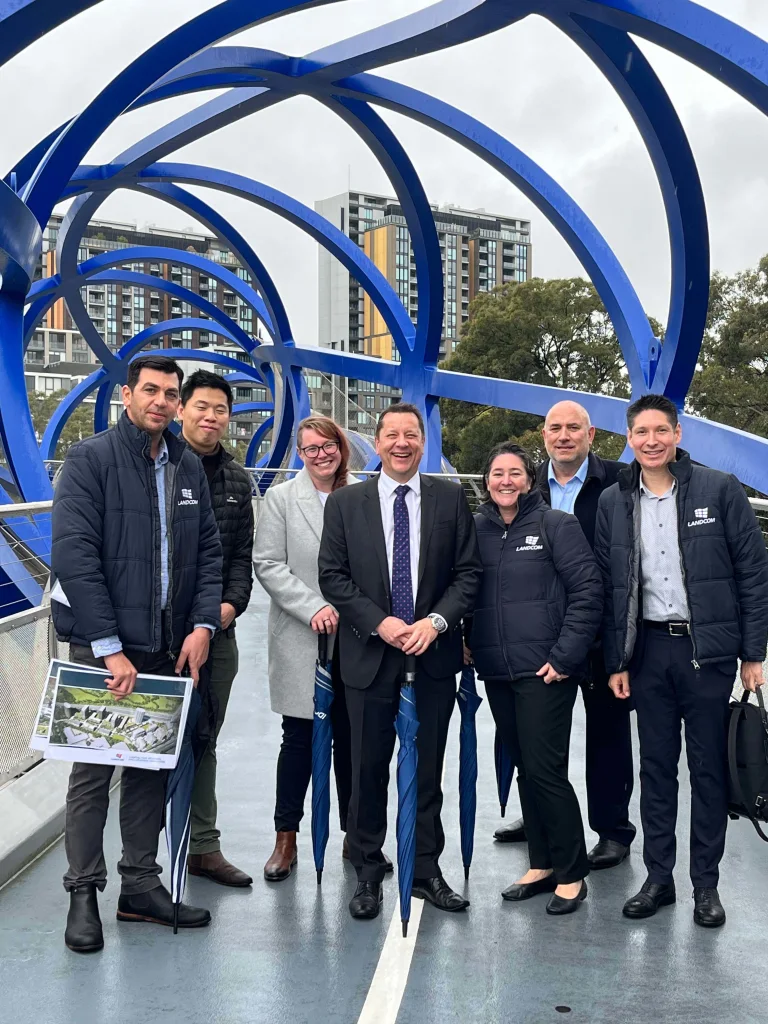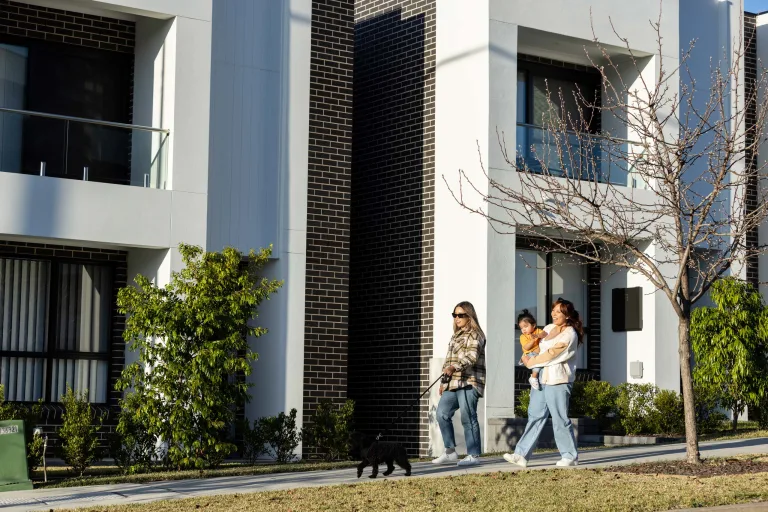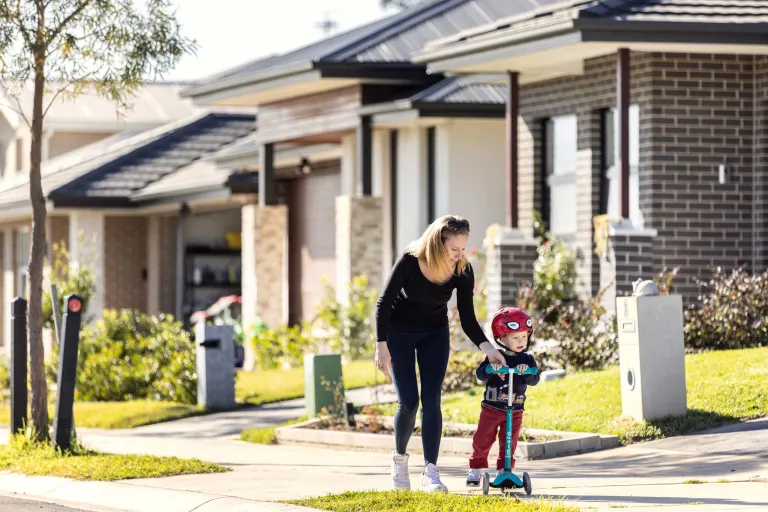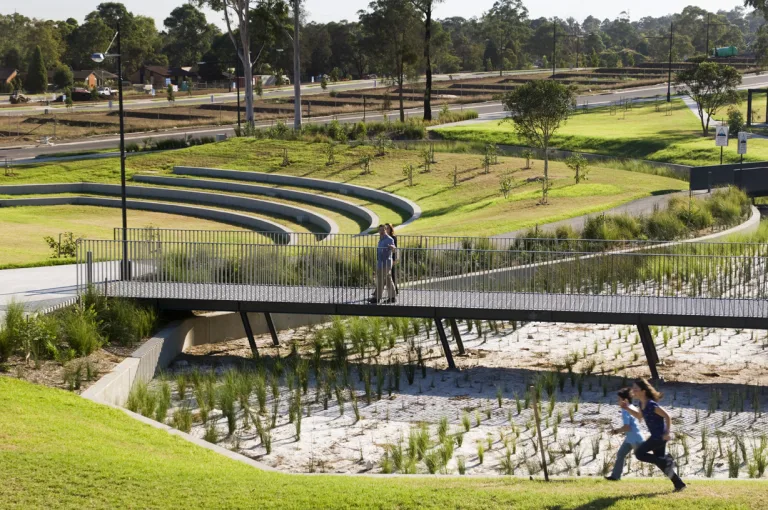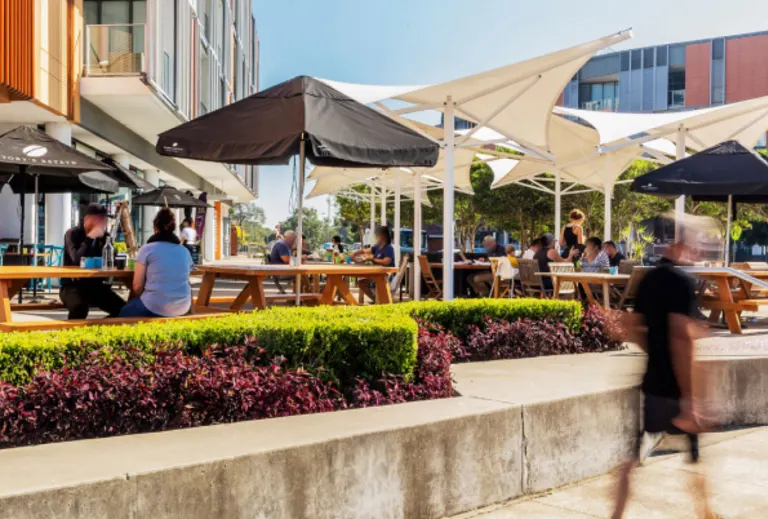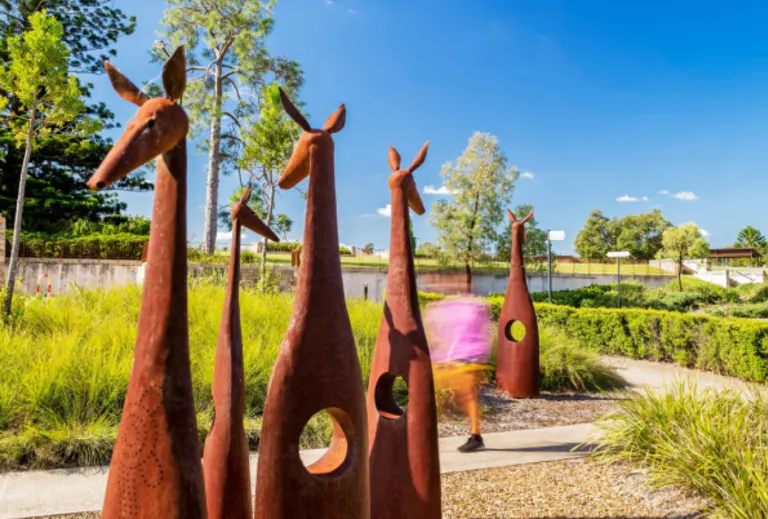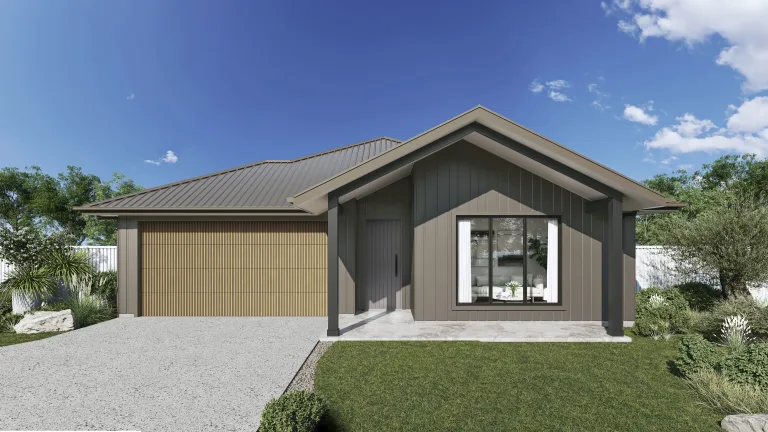
History
Landcom is part of the fabric of NSW
When the NSW Government created Landcom in 1976 the intention was to moderate the housing market, stabilise land supply and support the development industry.
Over the decades we have delivered more than 220 projects and homes for 100,000 families across New South Wales. By establishing strong relationships with our industry partners, we have delivered award winning housing and innovative urban renewal projects.
Landcom through the years

1976: The beginning
The Land Commission of NSW was established by the NSW Government in November 1976 in response to the shortages of residential land and the accompanying rapid price rises which occurred in Sydney, as in the other major cities in Australia in the late 1960s and early 1970s.
The Land Commission of NSW, which would later become Landcom, commenced operations on 8 November 1976.
The organisation’s main purpose was to acquire land for present and future urban development and other public uses to help moderate the housing market, stabilise land supply and support the development industry with homesite sales to be made at the ‘lowest practicable price’.

1977 - 1984: Seeking industry partners and active advocacy
Landcom acquired land at St Mary’s, Campbelltown, Penrith and in the Illawarra, and released its first land for sale on 23 April 1977 at St Clair Estate.
With the economy depressed and finance limited, in the mid 1970s Landcom worked with builders to create land and house package deals for prospective buyers.
Landcom was also actively seeking to develop relationships with the private development industry and with industry bodies.
Landcom was active in advocating for rezoning and approval efficiencies within government to help stabilise the housing market and support industry.

1985 - 1994: A focus on consolidation and sustainability
By the mid 1980s Landcom had become an active supporter and driver of urban consolidation, creating a Special Projects Unit in 1985 to promote medium density development with smaller lots and innovative design.
Landcom expanded its operations to land and house packages and joint promotion schemes with builders as well as new partnerships with major landowners and developers to increase land supply. It expanded its advocacy into coordinated infrastructure funding, subdivision standards as well as planning and land consolidation efficiencies.
During the early 1990s the organisation also developed a focus on sustainability, providing community facilities and supporting new communities. Landcom also started demonstrating urban infill and medium density approaches in greenfields development to address urban sprawl.

1995 - 2001: Towards complex urban renewal projects
Landcom began an important shift, by expanding operations from greenfields development into urban renewal and redevelopment projects in the inner and middle-ring suburbs of the Sydney metropolitan area to assist the government in its urban consolidation policy.
While we explored sustainable approaches to increasing densities in our greenfield projects, Landcom began developing expertise in working with multiple landowners, including government agencies, to unlock sites suitable for urban renewal within existing areas.
In partnership with private developers, Landcom’s urban renewal projects demonstrated new urban design, sustainability and delivery approaches and delivered many multi-award winning projects.
During this time the organisation also undertook a management review and appointed an eight-member external Board.

2002: Corporatised under the Landcom Corporation Act
On 1 January 2002, Landcom became a State Owned Corporation under the Landcom Corporation Act 2001. Landcom had a new stated aim: to become a leader in urban design, environmental sustainability, and in creating better communities and to unlock the delivery of strategic and complex sites. During the 2000s an important focus of the organisation was setting the highest standards in sustainability principles across its portfolio of projects.
There was also a renewed focus on partnerships with both the private sector and government. Corporatisation enabled the organisation to respond to market conditions more flexibly and achieve faster decision making as well as making development more efficient, without compromising any of the standards or probity expected of a public agency.

2009 - 2012: Global Financial Crisis and transit orientated development
Due to the financial uncertainty, Landcom developed new ways to partner and remain a catalyst for investment. This included rapidly responding to and supporting the state government in delivering on housing targets in the Commonwealth Stimulus Package. Landcom worked closely with the Department of Housing on social housing and infrastructure in the first tranche of the Nation Building stimulus package to deliver 1,100 new homes in two years.
Landcom started to focus on a number of complex and strategic urban renewal projects including transit orientated development opportunities to leverage the government’s investment in transport infrastructure as well as increasing production to counter the ongoing market downturn and addressing affordability by creating more housing diversity.

2013 - 2017: A new mandate focussing on urban transformation and increased production
In 2013, Landcom started trading as UrbanGrowth NSW. The new name signified a change in direction and a new government mandate for the organisation. Activities widened from housing supply of predominantly greenfield development to a new focus on delivering a portfolio of seven major urban renewal and infill programs.
In 2015, the organisation was challenged to supply the equivalent of 20,000 new homes sites over the following four years to meet the needs of Sydney’s growing population. We achieved this target in 2019.

2017 - 2020: Improving housing affordability
The NSW Government reassigned UrbanGrowth NSW's portfolio into three separate organisations. Landcom was refocused to take an active role in supporting the NSW Government's housing agenda including increasing housing affordability, supply and diversity.
While rebuilding the organisation's project pipeline, Landcom focused on demonstrating new affordable housing models and creating more affordable and sustainable communities in partnership with councils, industry, Community Housing Providers and landowners.

2021: Pushing ahead in a different way
Landcom is ramping up operations to create more affordable and sustainable communities with housing affordability as our focus. We are unlocking the biggest city shaping projects the industry will see this year providing exciting opportunities for industry to secure a pipeline of major development projects.
The impact of the global pandemic put renewed focus on how to assist local communities to be healthy and thrive, Landcom is thinking about the future of housing design and new ways of living and working.
Our organisation is approaching business and partnerships with new flexibility, exploring new ways of doing things and creating new opportunities to support industry.
Exemplar projects
Over the years Landcom has delivered many award winning projects. In the project case studies below we uncover the challenges and achievements in creating more affordable and sustainable communities for the people of NSW.
